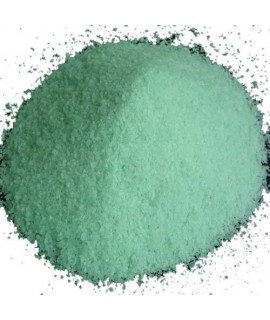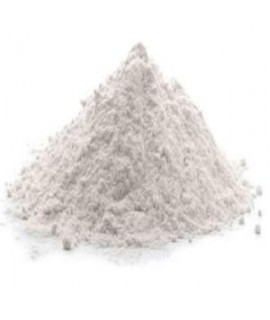Salts are inorganic compounds made up of metal and non-metal atoms. Metals are characterized by electrical conductivity and malleability, while non-metals have the ability to accept electrons... Salts are inorganic compounds made up of metal and non-metal atoms. Metals are characterized by electrical conductivity and malleability, while non-metals have the ability to accept electrons and form acidic oxides. This composition determines the stability of salts, their ionic structure, and their widespread use in chemistry and everyday environments.
Salts are divided into three main groups: neutral, alkaline, and acidic. Neutral salts consist of fully replaced hydrogen atoms in an acid, alkaline salts have a residual base component, and acidic salts have a residual acid component. This classification helps to understand their chemical properties and areas of application.
How and where can salt be used?
Salt is used in various fields. In water purification, salt helps to remove unwanted ions and regulate the chemical composition. In road maintenance, salts act as effective de-icers, ensuring safety during the winter. In the food industry, salt acts as a preservative and flavor enhancer – it inhibits the growth of microorganisms and extends the shelf life of products.
In agriculture, salt is used as a source of microelements – both for fertilizing plants and for animal nutrition. It helps to maintain mineral balance and improve fertility. In medicine, salts are needed for therapy, such as for the production of saline solutions.
The chemical formula of a salt depends on its constituent ions, and the structure of the salt molecule determines its solubility, reactivity, and physical properties. Due to these properties, salts are indispensable in both industry and daily life. Their price depends on the type, purity, and purpose.
Read more... 






